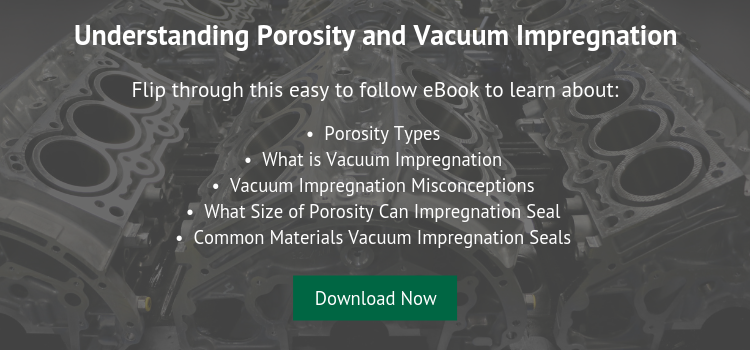Manufacturing activities are being shaped to an increasing degree by the demands of consumer taste. Consumer’s expectations of quality and performance define product design, which further determines the requirements of the supply chain. This is a landscape that rewards suppliers who identify opportunities to adapt to the changing circumstances. One example is a vacuum impregnation service center that seals a variety of aluminum die castings for various automotive and industrial OEMs, Tier 1, and 2 suppliers.
The Challenge
The company primarily uses in-house batch impregnation systems to process the die castings. The batch systems aggregate various parts and process them in large batches. Despite being well versed in vacuum impregnation, the company could not reliably process the high value and complex castings due to the limitations of their batch systems. The company realized that the following challenges needed to be answered:
- Contamination-Cured sealant remained in the through and blind tape holes.
- Handling Damage-Despite being sealed, some parts were scrapped due to damage to machined features from handling in the batch system (Figure 1).
- Floor Space-The batch systems consumed a lot of floor space, which prohibited efficient work flow and increased Work-In-Process (WIP).
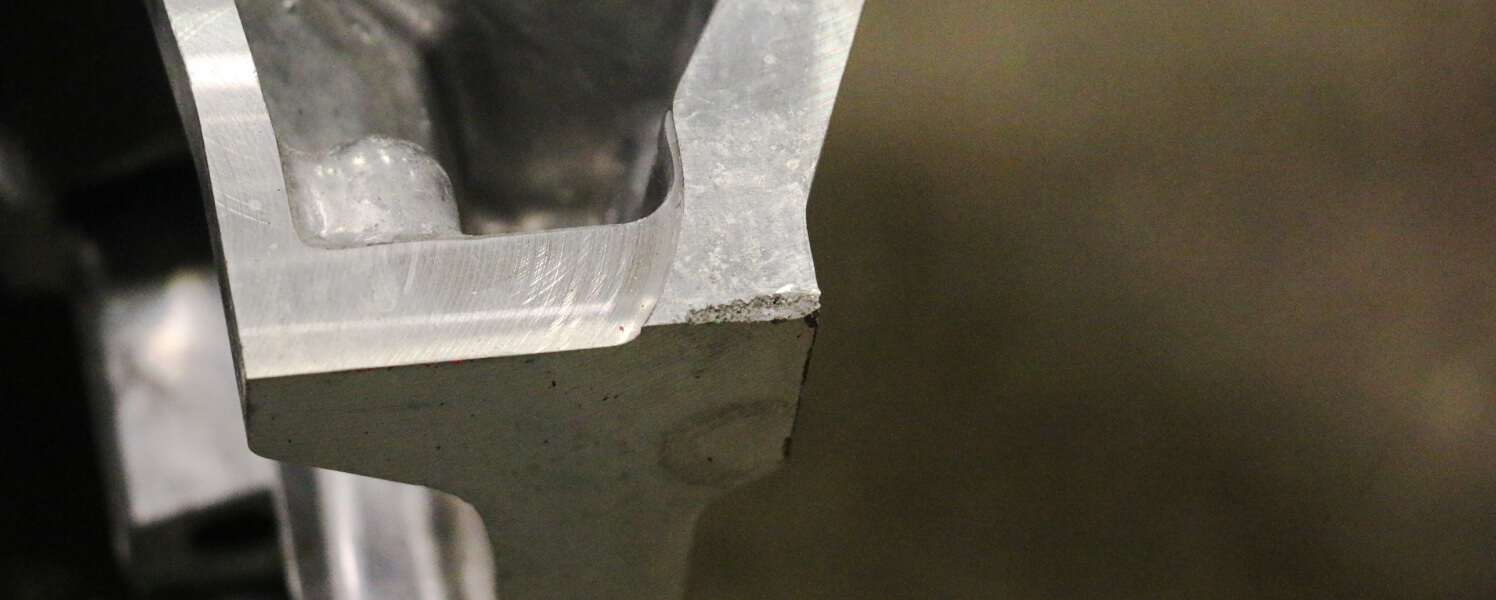
Figure 1: Despite being sealed, some parts were scrapped due to damage to machined features from handling in the batch system.
The Solution
To meet their customer’s quality and production requirements, the company realized that they needed to install an effective impregnation process in their manufacturing environment. Working with Godfrey & Wing, the company laid out their vision. Godfrey & Wing responded with its Continuous Flow impregnation (CFi) system (Figure 2). The system would be customized to answer the customer’s challenges.
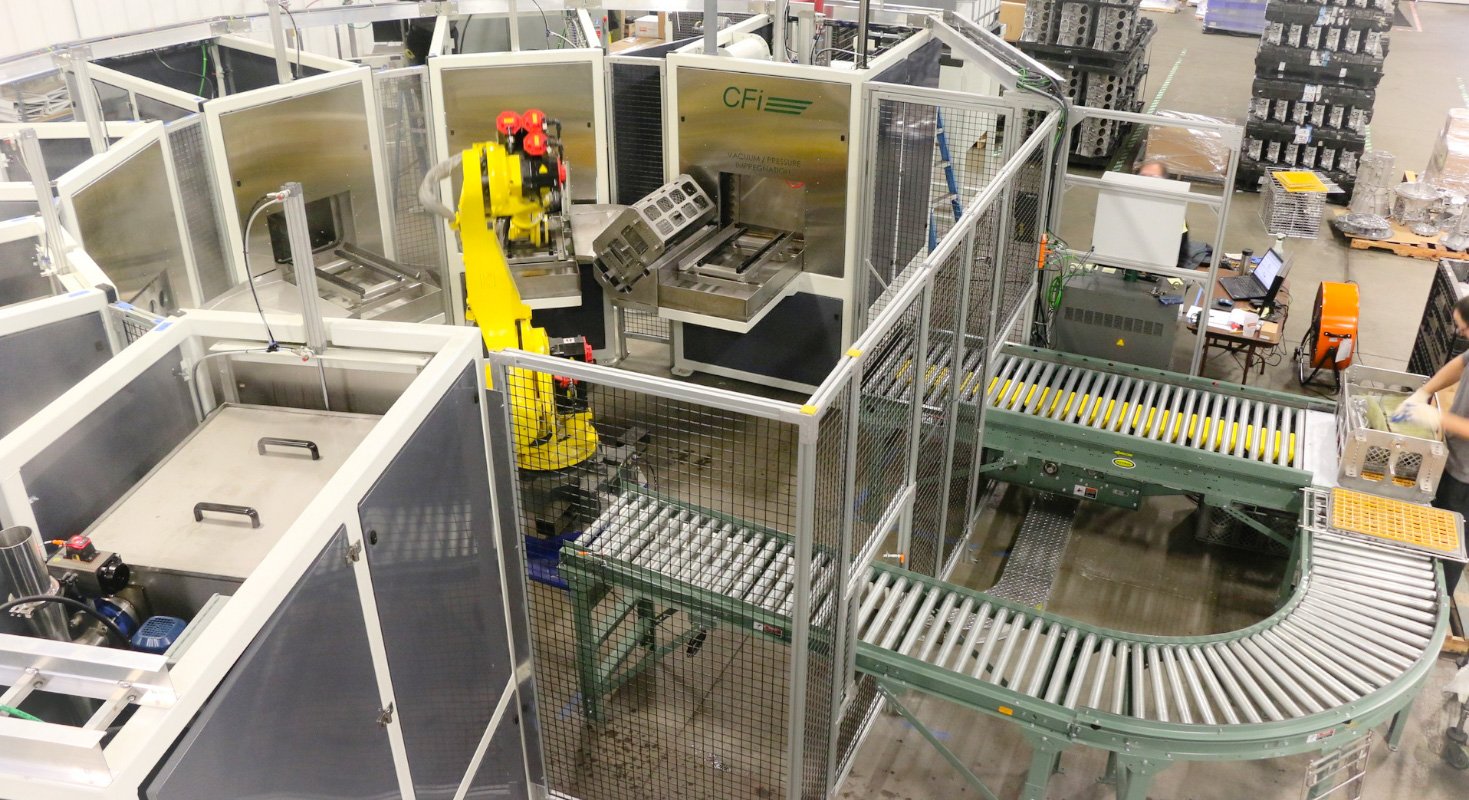
Figure 2: The CFi system uses Dry Vacuum and Pressure (DVP) and recoverable sealants to be the most effective impregnation process in the world. Its use of automation means it seals porosity at a higher rate, in a shorter cycle time and with minimal labor.
The CFi uses the patented Dry Vacuum and Pressure (DVP) process, and 95-1000A or 95-1000AA recoverable sealant. Demonstrated to be the most effective vacuum impregnation process in the world, the CFi with the DVP process incorporates a fast, deep vacuum to evacuate the air from the porosity. Then after moving sealant to the part, the system applies high pressure to allow the sealant to thoroughly penetrate deep in the casting walls.
The castings are in custom designed fixtures to maximize the amount of castings per cycle, flush sealant from blind holes, and protect critical machined features. The fixtures are delivered to the CFi via a conveyor; the CFI takes over and automatically moves the fixtures through the process. This allows the castings to be processed within the fixture without damage (Figure 3).
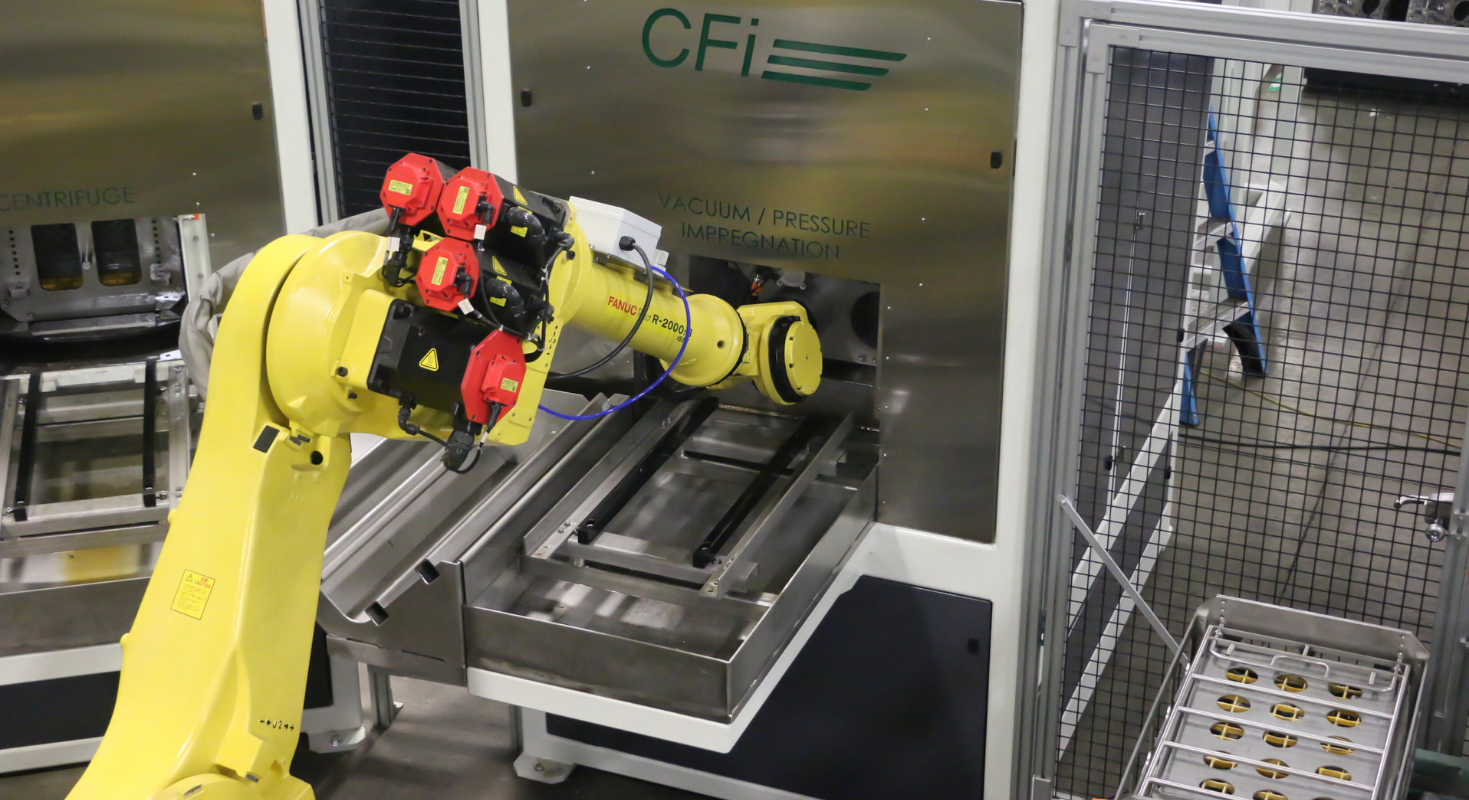
Figure 3: The fixtures are delivered to the CFi via a conveyor; the CFI takes over and automatically moves the fixtures through the process. This allows the castings to be processed within the fixture without damage.
The CFi system is fully self-contained for quality. The robot and PLC would work together to ensure that fixtures do not leave the system until meeting all of the pre-determined conditions. If acceptable, then the robot will move the fixtures from the CFi to the next process.
The customer relayed to the Godfrey & Wing engineering team where they wanted to place the system on the floor. With this knowledge, the engineering team designed the layout and maintenance access to be integrated with the existing manufacturing flow.
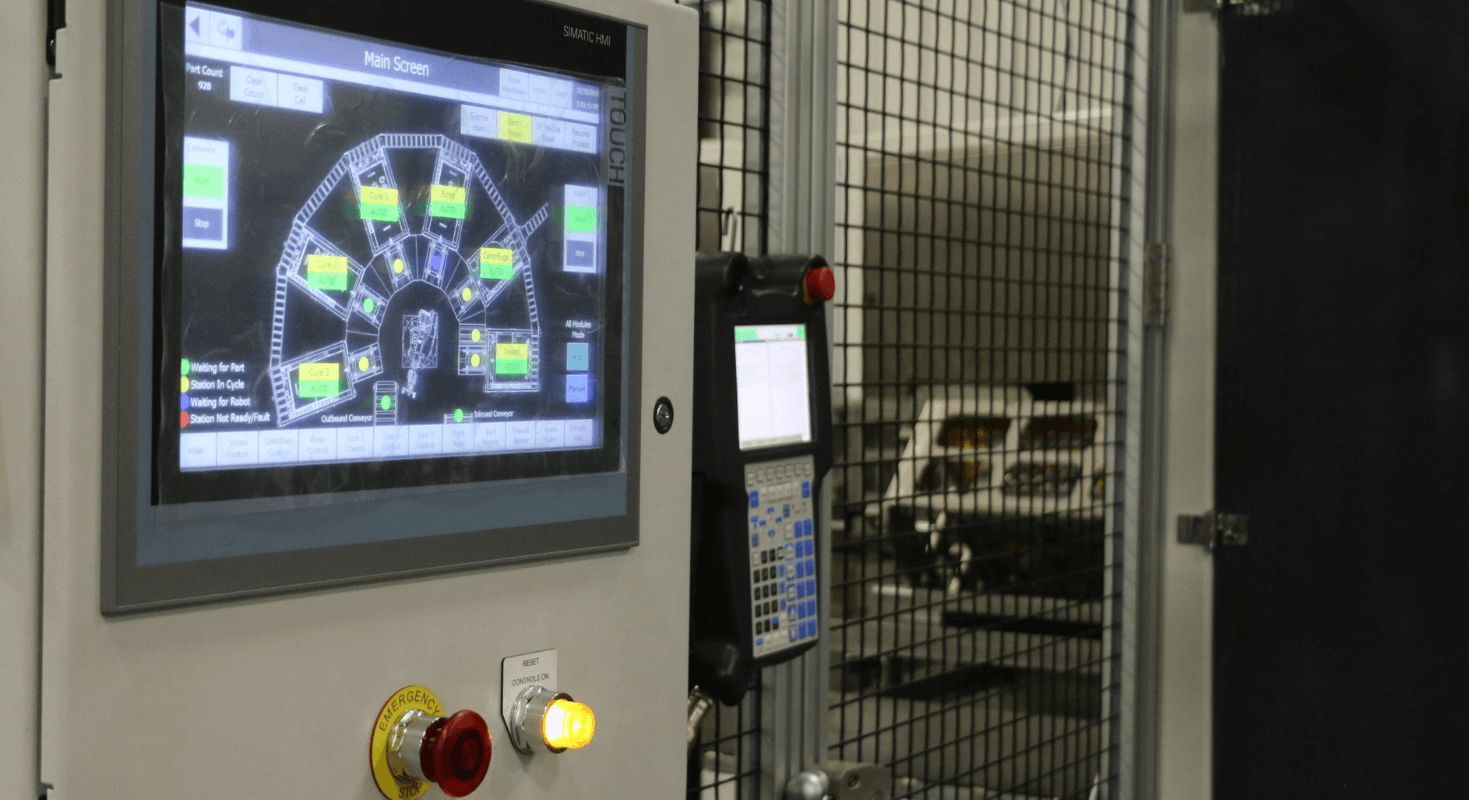
The Results
The data clearly shows that the Godfrey & Wing CFi system achieved all of the customer’s goals. The results included:
- Improve Casting Recovery-Scrap from porosity has been virtually eradicated with the CFi delivering a First Time Through (FFT) rating of near 100%. Historically, batch systems recover approximately 85% of castings. The CFi represents nearly a 15 point improvement over the previous impregnation methods.
- Eliminate Contamination Handling Damage-The CFi has completely eliminated damage and sealant contamination and runs at 0 PPM. The part flow and fixture design flush sealant from the through and blind tap holes and machined features. This ensures that sealant residue is not on any critical features.
- Reduce Floor Space-The CFi processes 40 cycles per hour, and requires 800 square feet with no infrastructure changes. The system maximizes production, eliminates WIP, and reduces floor space.
In Summary
This company found great value in searching for a new way to meet their customer’s ever-changing quality and performance demands. Godfrey & Wing’s automated CFi system is the only system that can meet the stringent demands. The CFi demonstrates that manufacturers can take control of the porosity sealing step and integrate vacuum impregnation into their production flow, to ensure product quality and productivity.




